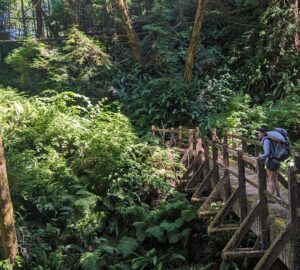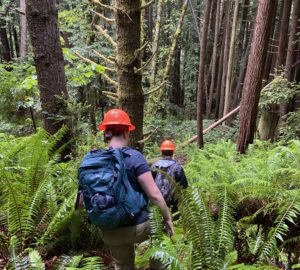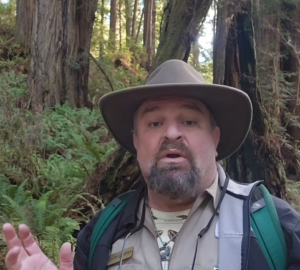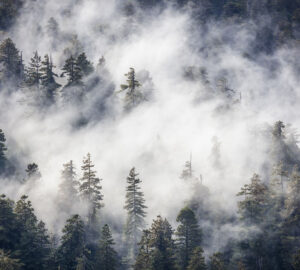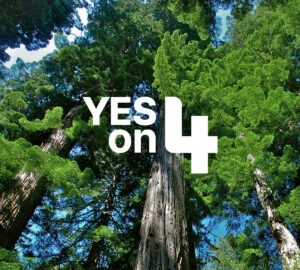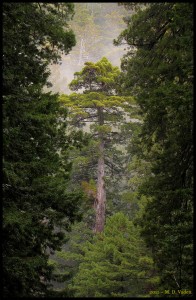
A recent discovery has been making headlines around the world: Trees don’t grow more slowly as they get older as was previously assumed. Rather, the older the tree, the faster it bulks up!
This rapid growth in old age is important because it means that old trees sequester more carbon (pull more carbon from the atmosphere) than younger trees. This means that old growth forests play an important part in mitigating climate change. Save the Redwoods League’s Science Director, Emily Burns, blogged about this news, and here’s TIME Magazine’s write-up.
We already know that redwood forests are great at storing carbon; the League’s own Redwoods and Climate Change Initiative program found that redwood forests store at least three times more carbon than any other kind of forest on Earth. But this recent study underscores the importance of one of the League’s key activities: restoration.
To me, the effort to restore our redwood forests is one of the most inspiring aspects of our work at Save the Redwoods League. Though we’ve lost 95 percent of the ancient redwood forest, we can actually work to bring those big, old trees back – without having to wait thousands of years! With an ever-improving body of knowledge about forest management, we are better and better able to help forests recover from years of damage and neglect.
At many of the properties that the League has protected with your help, this process is underway. Mill Creek, Cape Vizcaino and Shady Dell are just a few examples. To put it simply, these lands have been hit hard by past human activity, like years of logging. Our restoration activities help them to heal and recover, and enable the forest to reach old-growth characteristics much more quickly than if we just left them alone.
Restoration begins to heal the damage of the past and recreates the ancient forests of the future. Current research is reinforcing just how important these old-growth forests are for our climate. But they are not only great at storing carbon (and just plain amazing in their ability to keep growing and growing in old age!), they provide critical habitat for wildlife as well as incomparably awe-inspiring places for people to visit.
We’ve got so many reasons to need and appreciate our venerable forests of redwood giants and, with your help, we can begin to bring back what we’ve lost. Thank you for your support!

